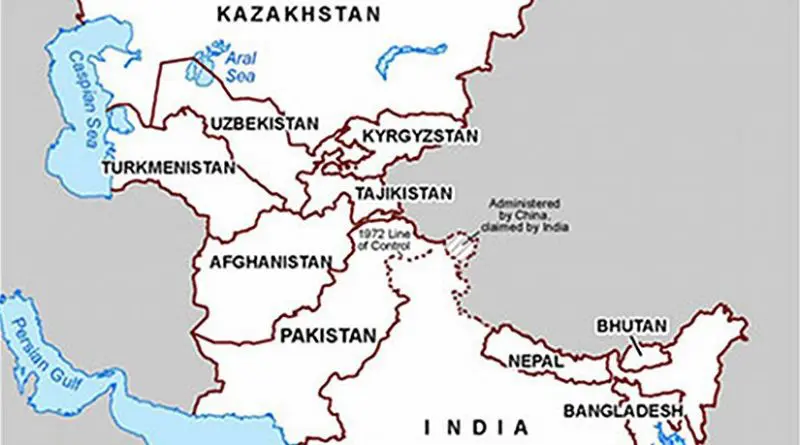Russia, Central Asia Could Be One Of Most Energy-Competitive Areas Based On Renewables
A fully renewable energy system is achievable and economically viable in Russia and Central Asia in 2030. Researchers from Lappeenranta University of Technology (LUT) modelled a renewable energy system for Russia and Central Asia. Results show that renewable energy is the cheapest option for the continent and can make Russia a very energy competitive region in the future.
According to the research, a 100 percent renewable energy system for Russia and Central Asia would be roughly 50 percent lower in cost than a system based on latest European nuclear technology or carbon capture and storage. Renewable energy covers electricity and industrial natural gas demand, not, for example, transport or heating.
“We think that this is the first ever 100% renewable energy system modelling for Russia and Central Asia. It demonstrates that Russia can become one of the most energy-competitive regions in the world”, emphasises professor Christian Breyer, co-author of the study.
Moving to a renewable energy system is possible due to the abundance of various types of renewable energy resources in the area. This then enables the building of a Super Grid, which connects different energy resources of the researched area.
Such a renewable energy system represents a drastic change compared to the current situation. The modelled energy system is based on wind, hydropower, solar, biomass and some geothermal energy. Wind amounts to about 60 percent of the production whilst solar, biomass and hydropower are distributed evenly. The total installed capacity of renewable energy in the system is about 550 gigawatts. Slightly more than half of this is wind energy and 20 percent is solar. The rest is composed of hydro and biomass supported with power-to-gas, pumped hydro storage and batteries. In the present situation, the total capacity is 388 gigawatts of which wind and solar only accounts for 1.5 gigawatts. The current system also has neither power-to-gas capacity nor batteries.
The geographical area of the research covers much of the northern hemisphere. Many of the countries in the area are currently reliant on the production and use of fossil fuels and nuclear power. In addition to Russia, the researched area includes Belarus, Kazakhstan, Uzbekistan, Turkmenistan as well as Caucasus and Pamir regions including Armenia, Azerbaijan and Georgia, and Kyrgyzstan and Tajikistan.
One of the key insights of the research is that energy sectors’ integration lowers the cost of electricity by 20 percent for Russia and Central Asia. When moving to a renewable energy system, for example, natural gas is replaced with power-to-gas, i.e. converting electricity into gases, such as hydrogen and synthetic natural gas. This increases the overall need for renewable energy. The more renewable capacity is built the more it can be used for different sectors: heating, transportation and industry. This flexibility of the system decreases the need for storages and lowers the cost of energy.

